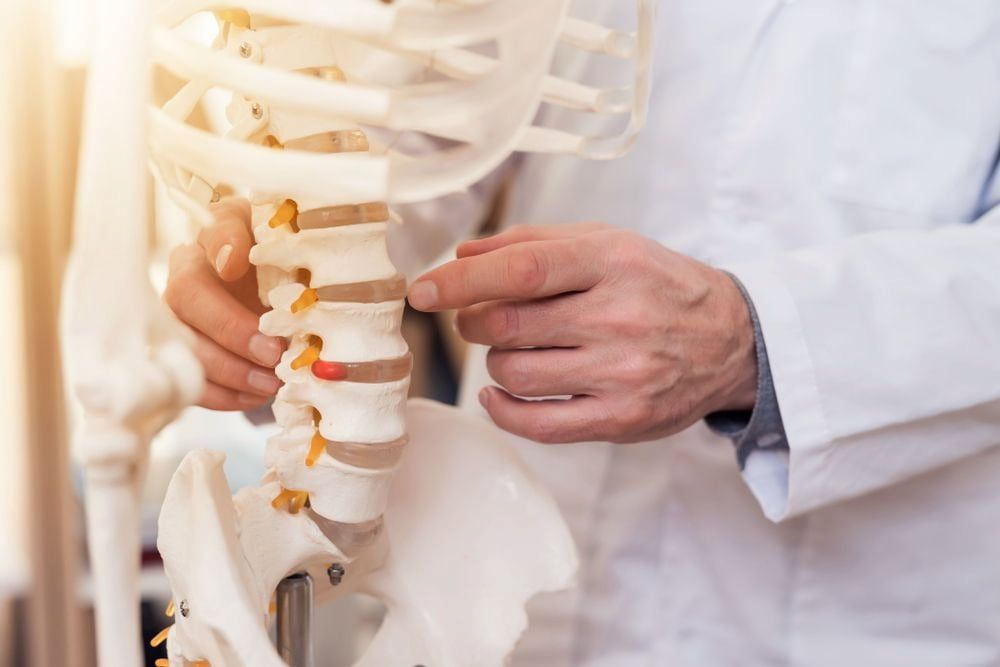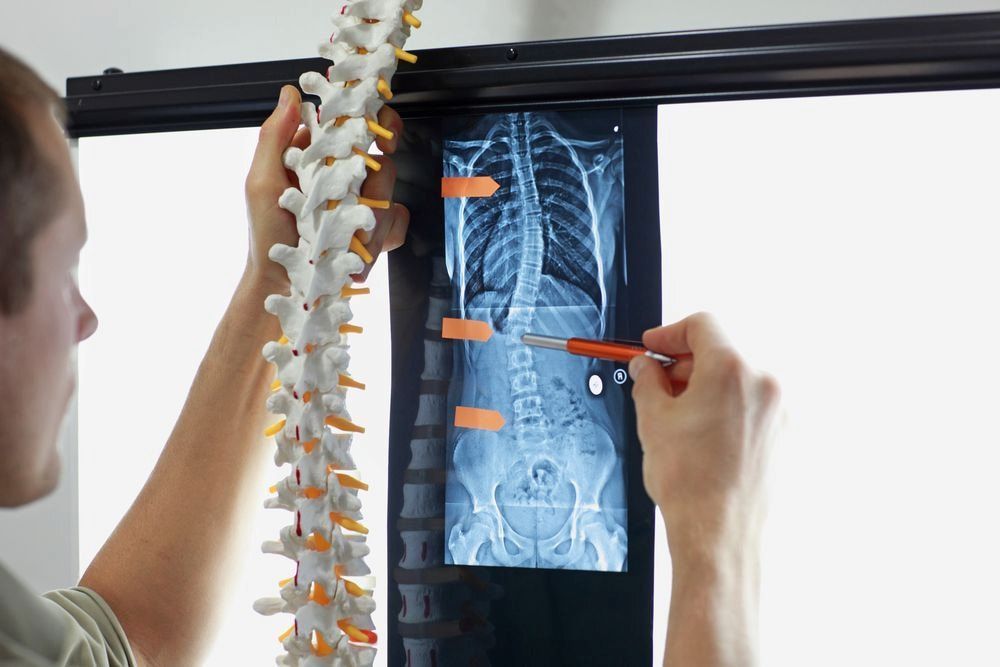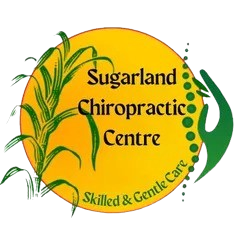Spinal Injury Rehabilitation in Bundaberg
- AHPRA-Registered Chiropractors
- Evidence-Informed Treatment Plans
- TGA-Approved Therapies
Request a Callback
Thank you for contacting Sugarland Chiropractic Centre.
We will get back to you as soon as possible.
Oops, there was an error sending your message.
Please try again later.
Bundaberg Spinal Injury Rehabilitation
Recovery from a spinal injury requires more than rest—it demands a structured, clinically informed approach that adapts to the individual's condition and recovery stage. At Sugarland Chiropractic Centre in Bundaberg, we provide tailored spinal injury rehabilitation programs that focus on restoring stability, movement control, and functional strength.
Whether the injury is a result of trauma, repetitive strain, or postural dysfunction, our goal is to reduce physical limitations and support safe, progressive recovery. Treatment may include spinal mobilisation, therapeutic exercise, postural retraining, and movement education, all delivered under clinical supervision and in line with evidence-informed practice.
Programs are carefully monitored and adjusted to suit your physical condition, activity level, and long-term goals. To book a spinal rehabilitation consultation, call (07) 4153 2233.
Progressive, Individualised Recovery Plans
Spinal rehabilitation addresses the underlying mechanical, muscular and neurological factors contributing to spinal dysfunction. The process begins with a comprehensive assessment that may include posture evaluation, movement screening, and functional testing. From there, a rehabilitation plan is developed to target areas such as core stability, joint control, flexibility and balance. The focus is not just on symptom relief but on improving the spine’s ability to tolerate everyday stress and prevent reinjury.
Programs are tailored for a variety of spinal conditions, including disc injuries, facet joint dysfunction, whiplash-associated disorders, postural syndromes, and post-surgical recovery. Exercises are introduced in stages to allow for gradual adaptation, with techniques selected to meet individual tolerance and goals. Patient education on load management, ergonomics, and body mechanics is also a key part of the rehabilitation process. The result is a structured path toward restored function and improved physical resilience.
MLS Laser Therapy Available
At Sugarland Chiropractic Centre, MLS Laser Therapy is available to support the body’s natural recovery process. This technology delivers synchronised light to targeted areas, helping to reduce inflammation and assist with tissue repair. It’s a non-invasive treatment often used alongside chiropractic care for muscle or joint discomfort.
Every person’s situation is different, so we’ll discuss whether MLS Laser Therapy is suitable for you during your appointment.
To learn more or book a consultation at our Bundaberg clinic, contact Sugarland Chiropractic Centre today.
Frequently Asked Questions
What is spinal rehabilitation and how does it work?
Spinal rehabilitation is a targeted treatment program designed to improve mobility, strength and coordination following a spinal injury. It involves a combination of manual therapy, therapeutic exercises and education to help restore function and reduce the likelihood of reinjury. The process is gradual and tailored to the type of injury, with exercises progressing as the individual regains movement control and endurance.
How long does spinal rehabilitation take?
The length of rehabilitation depends on the type and severity of the spinal injury, the individual's baseline fitness, and how consistently they follow the program. Mild dysfunctions may improve in a matter of weeks, while complex or long-term injuries could require several months of guided care. The program is adjusted over time based on progress and functional goals.
What types of exercises are used in spinal rehab?
Exercises in spinal rehabilitation may include core stabilisation drills, postural correction, flexibility routines and movement control exercises. In some cases, low-impact strength training or neuromuscular retraining is introduced to support joint stability and muscle balance. All exercises are selected to suit the individual's current abilities and adjusted as recovery progresses.








